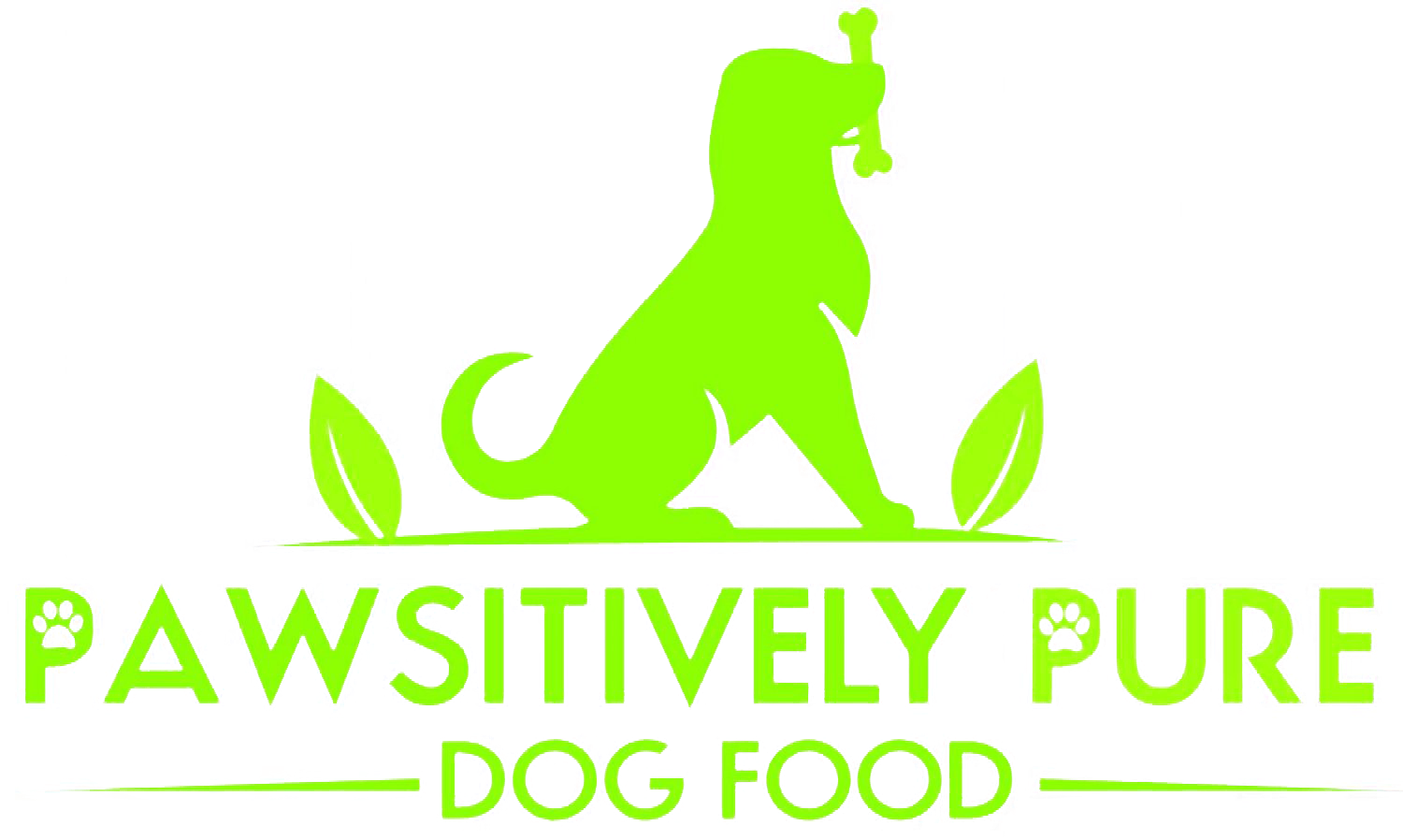As you probably know by now, your dog’s diet has a lot to do with their activity levels and overall well being. Food is your dog’s first source of energy and nutrition. It’s also their first source of irritants and pollutants. Often, your dog will let you know that they’ve eaten something they don’t like by vomiting or displaying other gastrointestinal distress. Sometimes, however, symptoms may show up differently than you’d expect.
Beef, dairy, and wheat are among the three most common food allergies dogs experience. Here’s how you can tell your dog’s system doesn’t agree with some of the ingredients in their food:
Constantly itchy skin. Itchiness is one of the most commonly cited symptoms of food allergies, usually accompanied by pink skin underneath. If your pup seems to itch without relief or is losing patches of hair due to too much scratching, there’s a good chance the cause is a food allergy - especially if over-the-counter shampoos and solutions don’t seem to work.
Reddish-brown stains around the mouth and paws. Generally, these red patches can be attributed to yeast colonies, which are better able to grow at infection sites. These patches are often itchy and you may notice your dog licking its paws more than usual.
Frequent ear infections. While dogs that are frequent swimmers are prone to swimmer’s ear, food allergens can also cause recurring infections in your furry friends. Check the ears for dark brown or black, stinky buildup. This, too, is usually caused by a yeast infection triggered by the appearance of an allergy.
What’s the next step if you think your dog has a food allergy? The most reliable test is through an elimination diet, which can take about 4-6 months to complete. In a program like this, you’ll take your dog’s diet back down to the very basics and slowly reintroduce each ingredient to determine how it affects their overall wellness. As always, consult your veterinarian before going on a program such as this.
Human-Grade Dog Food for Healthy Coat
Many pet parents find that their fur babies have healthier skin and coat after switching to a human-grade diet. Keeping your dogs on a simple, natural diet makes it easy to tell what ingredients work in harmony with their systems. Get human-grade dog food delivered to your door from Pawsitively Pure. Click here to browse our products.



